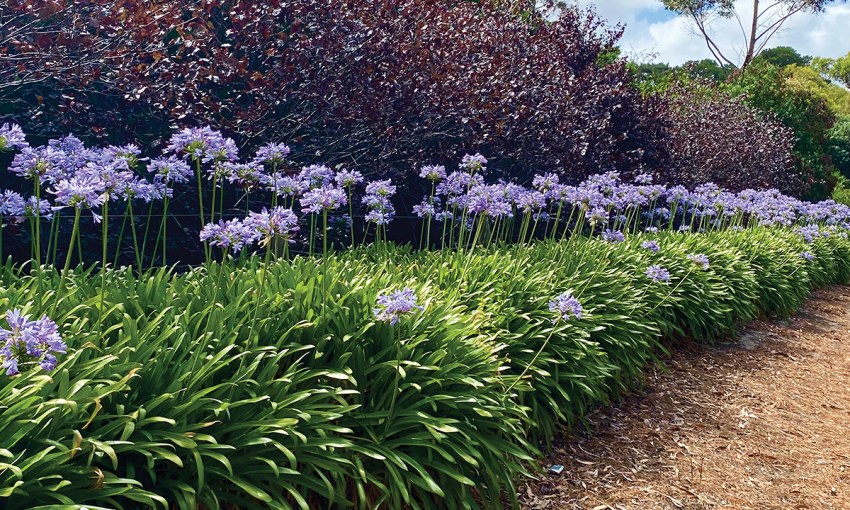More than simply forming a border or a boundary in your garden, a hedge can be a focal point all of its own.
Rethinking the humble hedge
In South Australia, we are spoiled for choice when it comes to the plants available for our gardens. Garden centres offer up myriad options for just about any purpose, but the popularity of a handful of favourites still leads to some species being overused, causing a sense of horticultural deja vu when travelling around the state.
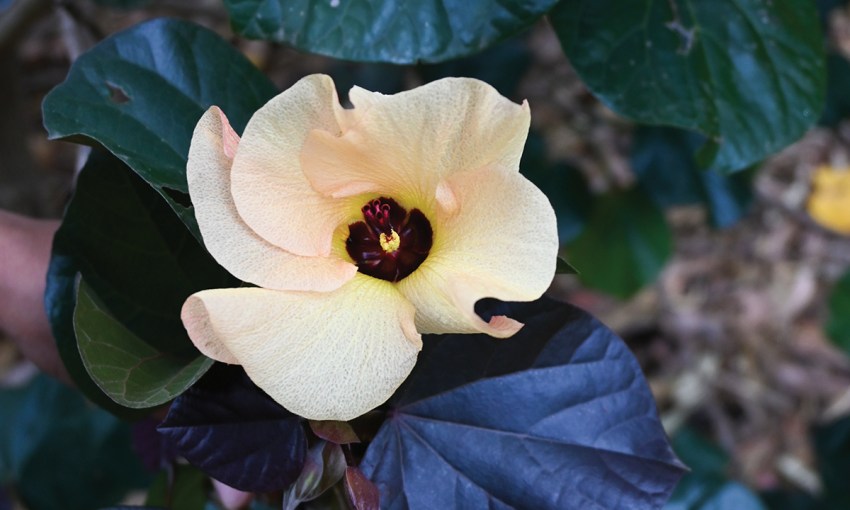
It’s a phenomenon that is particularly evident in our hedges. From the ever-present photinias (Photinia x fraseri cultivars), pittosporums (Pittosporum tenuifolium) and Leighton greens (Cupressocyparis leylandii) to the “go-to” mix of diosma (Coleonema pulchellum), laurustinus (Viburnum tinus) and lilly pilly (Syzigium and Acmena species) favoured by fast food chains – some plants seem almost inescapable. It’s for good reason, these species are fast-growing, tough and adaptable to a range of conditions, so they are great choices for South Australian gardens, but they are by no means the only choices available.
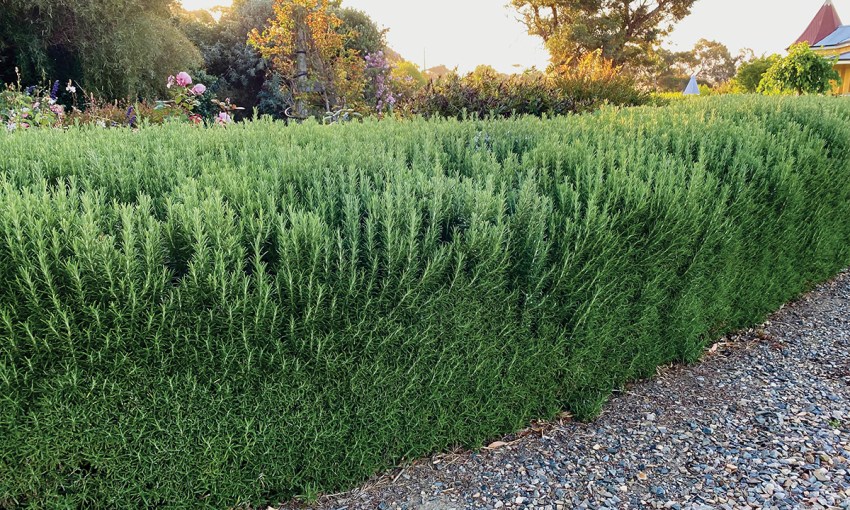
If you are thinking of putting in a hedge, it is worth taking a few minutes to ask yourself: why? Is it primarily to perform a function such as screening, or is it part of a larger design idea? Are you looking to create formality in a space? What level of maintenance are you able to contribute? Questions such as these will allow you to explore a wider plant palette that will result in you being able to find the perfect options for your purpose.
Hedges are a great way to achieve privacy or to partition off areas within a space, but the savvy gardener can achieve the same function using all sorts of plants not generally thought of as hedging species. Sacred bamboo (Nandina domestica) is a perfect example and a great option to screen fencing along the edges of driveways in small spaces. Unlike traditional hedging plants that would need to be pruned back to avoid them damaging vehicles, sacred bamboo produces upright canes and does not grow outward. When it reaches a concrete drive, it stops in a straight vertical line.
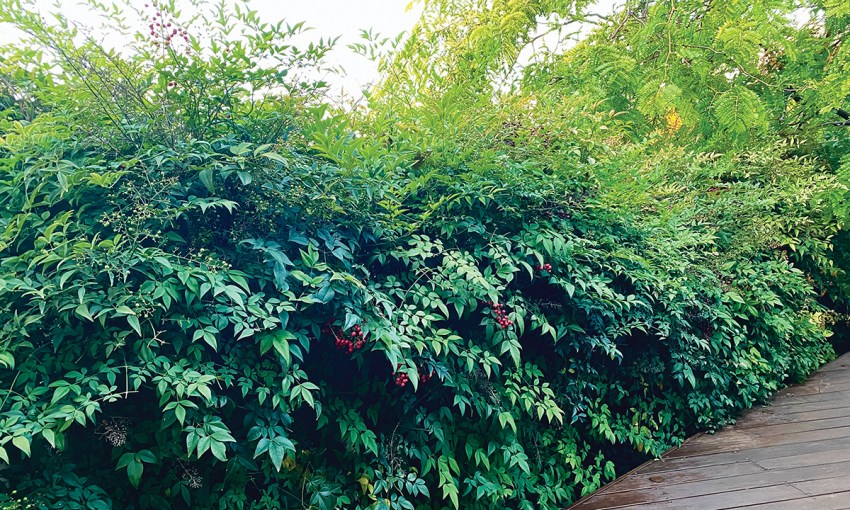
If you are not set on the need to create a formal effect, informal hedges require less maintenance. A huge variety of plants can be used to achieve informal screening while at the same time introducing varying colours and textures into the garden. Woolly bushes (Adenanthos sericeus) are a good option, providing a fast-growing, dense screen of feathery foliage that easily grows to the height of a fence.
For contrast in colour, purple cottonwoods (Hibiscus tilliaceus) are another option that can be used for both informal and formal hedges. The hardy plants don’t like cold Hills winters but, on the plains, offer an unusually large-leaved hedging option blooming with showy yellow flowers.
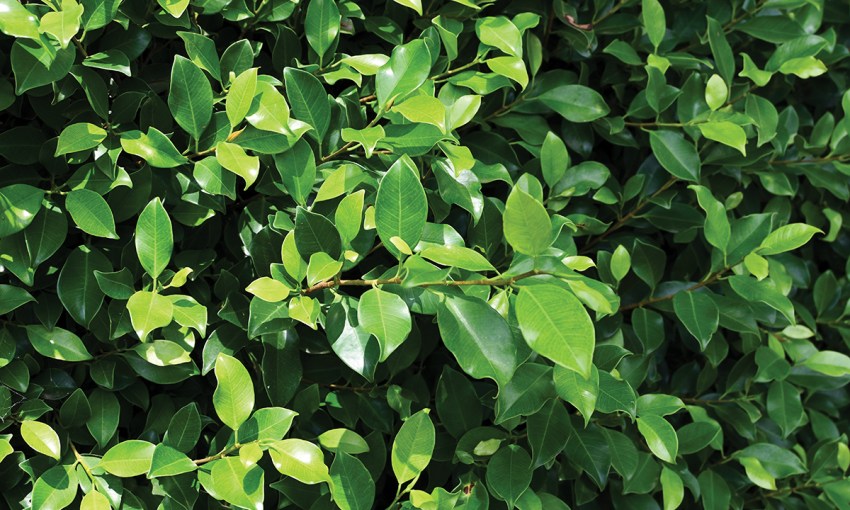
If it is a formal, neatly-clipped hedge you are after there are loads of recently bred cultivars to explore. From the lime green, glossy-leaved (Ficus hillii ‘Flash’) to the fragrant Daphne Eternal Fragrance there are options to suit any scenario.
While new and improved plant varieties are hitting the market each year, some of the best options have been around forever. What’s old is new again and even classic Mediterranean hedging plants such as rosemary and lavender, having all but disappeared as hedges, are tried, tested and useful as well.
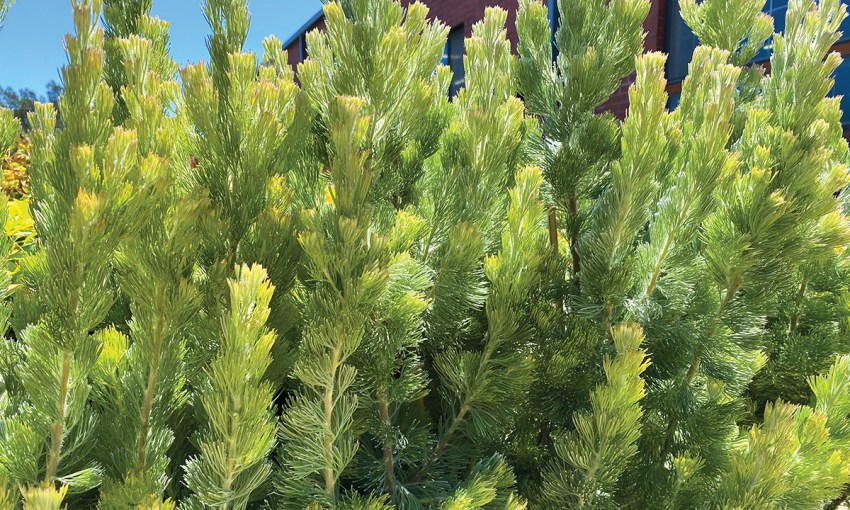
From a design perspective, hedging can be used to achieve the element of “line” within a space. Lines can guide the eye or an individual to a specific focal point within the garden and are also useful for the separation of space. If you are considering a hedge for this purpose, there are many plants that can achieve the desired effect without requiring the maintenance of a formal hedge. Large clump-forming perennials including flaxes (Phormium cultivars), mat rushes (Lomandra cultivars) and even aggies (Agapanthus species) reach the size of small shrubs. While not often thought of as hedges, repeat plantings are often useful in larger gardens to create formal lines without the need for pruning.
South Australia has some great nurseries and garden centres with friendly staff just waiting to help you navigate the wide world of plants available for your garden. On the shelves, you’ll find the usual hedging suspects, but take some time to look around and you just might find something a whole lot better.
This article first appeared in the Autumn 2022 issue of SALIFE Gardens & Outdoor Living magazine.



